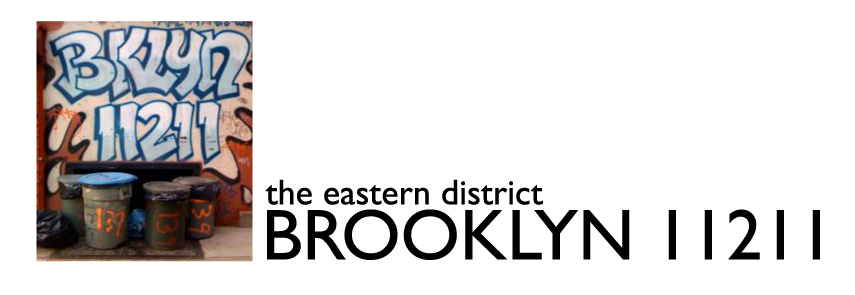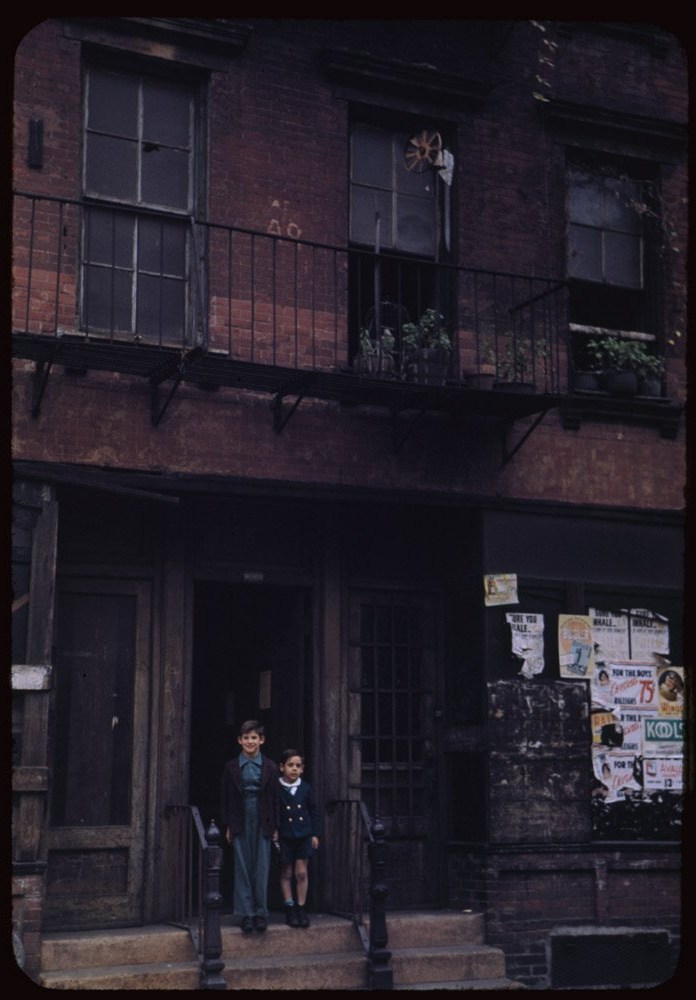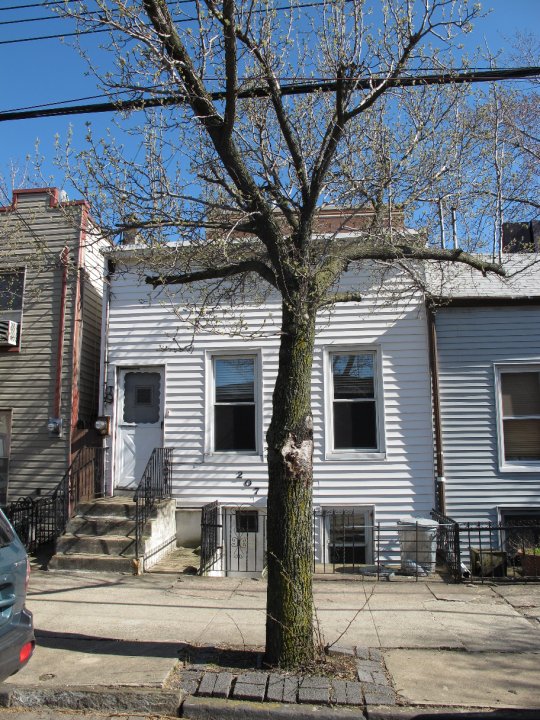The redecorating of Domino continues.
Rose Plaza Deal Reached
The Brooklyn Paper is reporting this morning that a deal has been reached on the Rose Plaza development. The final deal is very much along the lines of what I intimated last night – 30% affordable housing, 74 apartments at 3 and 4 bedrooms, and all of those larger, family-sized, apartments at below-market rates1. The deal, brokered by Councilman Steve Levin, is set to be voted on this morning by the full City Council.
This is huge.
The developer’s original proposal was for 20% affordable housing, the minimum required under waterfront zoning. Many affordable housing advocates in the neighborhood supported the project at 20%, but the Community Board and the Borough President both thought that the series of special permits sought by the developer warranted a higher level of affordable housing. CM Levin thought so, too, and stuck to his guns.
The result is a private development on the waterfront with 30% affordable housing and a density and scale of development that is compatible with all of the other waterfront zonings in Community Board 1 – from Division Avenue all the way up to Newtown Creek.
In other words, that elusive balance between affordability and sustainable density has been achieved.
Huge.
1. My understanding is that the levels of affordability would run from about 60% of AMI up to 120%, exactly what the Community Board asked for.↩



